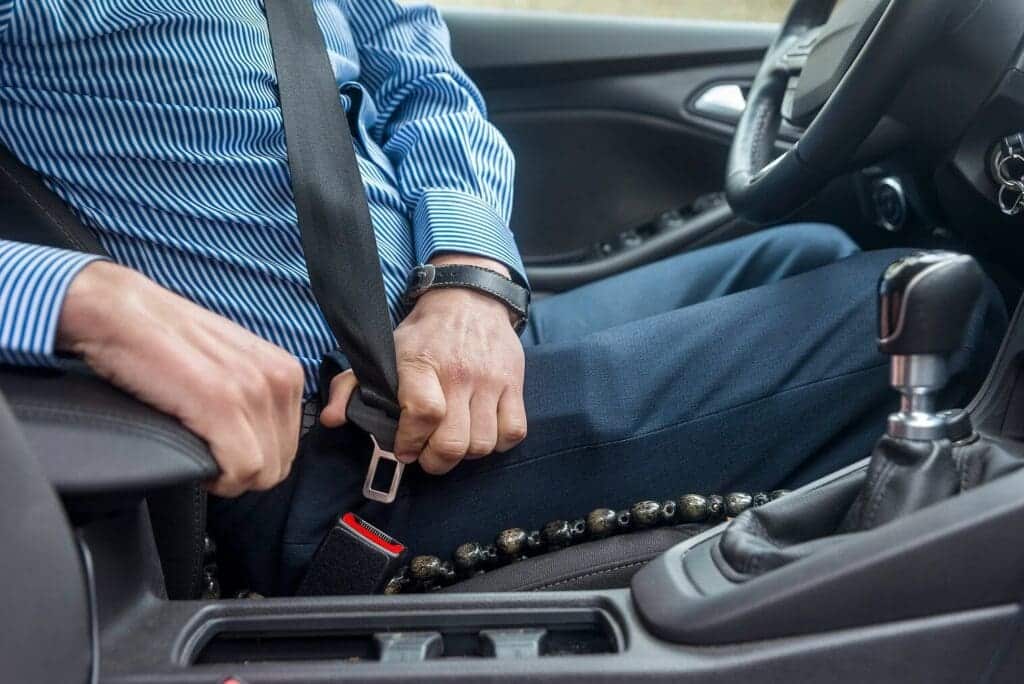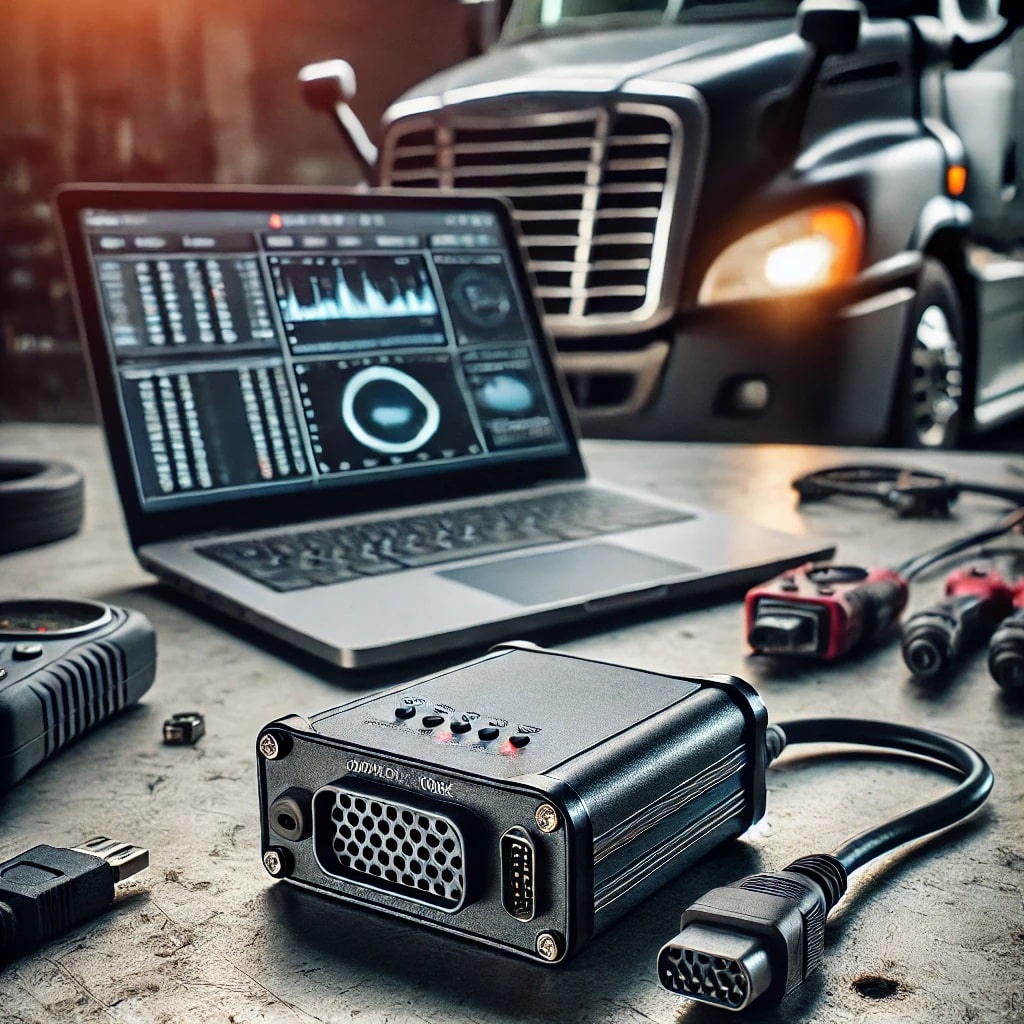Seat belts are arguably the most protective safety measure a person can take to avoid serious injury or death when involved in a motor vehicle crash. The simple use of a safety restraint cuts the risk of death and significant injury for drivers and other front-seat passengers by nearly 50%, and rear-seat occupants by upwards of 25%. Proper car safety seat use has led to a 60% reduction in deaths in the last fifty years.
Equipping new motor vehicles with seat belts has been a requirement in the U.S. since 1968. Sixteen years later, the first mandatory seat belt law was passed in New York State. Since then, seat belt usage rates have steadily increased. In the early 1990’s, the use rate was 58% nationwide. By 2019, reported seat belt use was 91%.

While progress has been made through state and federal laws, enforcement programs, and safety awareness campaigns, an estimated 15% of all U.S. drivers and passengers ignore these efforts and do not wear seat belts. In 2019, of the 5,586 passengers killed in motor vehicle car crashes, nearly 50% were unrestrained. People are 30 times more likely to be ejected from a vehicle during a crash when they are not buckled in, and 75% of those who are ejected suffer fatal injuries.
Helpful Reading: The Road Trip Car Safety Checklist
Unfortunately, that percentage has not changed significantly in the last two decades. Nonetheless, the data is clear: higher seat belt usage results in more lives saved. To that end, laws, enforcement, and seat belt campaigns continue to promote safe behavior.
State laws mandate seat belt use as either “primary” or “secondary” enforcement.
Primary laws permit law enforcement officers to stop and ticket a driver or passenger for failing to use a seat belt. Nearly 20 states have primary enforcement for all occupants. In other states, seat belts are required in the front seat only.

Secondary enforcement laws authorize officers to ticket for a seat belt violation only after a driver is stopped for a separate citable offense. Secondary laws hinder the ability to enforce seat belt use which generally leads to lower compliance. Seat belt use rates are nearly 10% higher in primary enforcement states than in secondary states.
Liability differs from state to state. In Washington State, a driver is responsible for ensuring all passengers in their vehicle are buckled up. If anyone is not properly restrained, the driver can be cited and fined. Furthermore, the driver could be held liable for injuries suffered by any occupant regardless of who is at fault for the crash.

Washington State has among the country’s strictest seat belt laws and enhanced enforcement programs.
As part of its effort to eliminate traffic fatalities and serious injuries on Washington’s roadways by the year 2030, Washington has a primary enforcement law. The state’s enforcement program works in conjunction with Washington’s Seat Belt Law (RCW 46.61.688) and Washington’s Child Passenger Restraint Law (RCW 46.61.687). These laws state:
- Every individual 16 years or older operating or riding in a motor vehicle must wear a safety belt that is properly adjusted and securely fastened;
- No person can operate a motor vehicle unless all occupants under age 16 are either wearing a seat belt or are securely fastened in an approved child restraint device;
- Children up to age 2 must be properly secured in a rear-facing car seat;
- Children ages 2-4 years must ride in a car seat with a harness (rear or forward facing);
- Children age 4 and older must ride in a car or booster seat until they are 4′ 9″ tall;
- Children over height 4′ 9″ must be secured by a properly fitted seat belt (typically around 8-12 years old);
- Children up to age 13 must ride in the back seat when practical to do so;
- Restraints for children must comply with U.S. Department of Transportation standards and be used in accordance with the vehicle and restraint manufacturer.

In line with the National Highway Traffic Safety Administration’s (NHTSA) Click It or Ticket! the safety awareness campaign, Washington State fines drivers or passengers $124 for not properly wearing a seat belt or appropriate child restraint.
According to NHTSA, buckling up is the single most effective thing you can do to protect yourself in a crash.
Statistics prove there are significant benefits to wearing a seat belt. Always wear a seat belt in any moving vehicle including taxis and ride-share vehicles. Always wear your seat belt properly, across the middle of your chest and below your neck. Do not put the shoulder strap behind your back or under an arm. Airbags and advanced safety features will not protect you as well as a seat belt. If you are the driver, require your passengers to buckle up. Encourage all occupants to wear their seat belts when riding in a vehicle together. With nearly 280 million cars and trucks on U.S. roads every day, the potential exists for being involved in a motor vehicle crash; this simple measure could save your life or someone else’s life.
Recommended Article: Is it Illegal to use an Expired Car Seat




